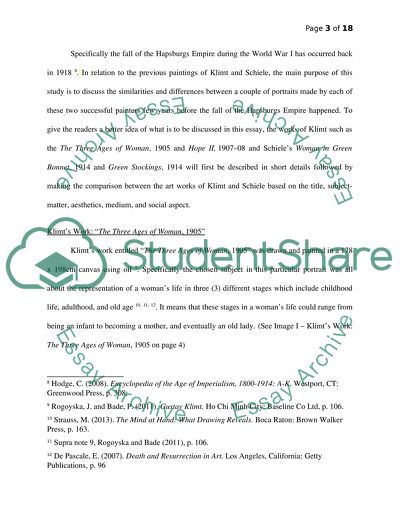Cite this document
(“Compare and contrast the portraiture of Klimt with the portraiture Essay”, n.d.)
Retrieved from https://studentshare.org/visual-arts-film-studies/1494534-compare-and-contrast-the-portraiture-of-klimt-with
Retrieved from https://studentshare.org/visual-arts-film-studies/1494534-compare-and-contrast-the-portraiture-of-klimt-with
(Compare and Contrast the Portraiture of Klimt With the Portraiture Essay)
https://studentshare.org/visual-arts-film-studies/1494534-compare-and-contrast-the-portraiture-of-klimt-with.
https://studentshare.org/visual-arts-film-studies/1494534-compare-and-contrast-the-portraiture-of-klimt-with.
“Compare and Contrast the Portraiture of Klimt With the Portraiture Essay”, n.d. https://studentshare.org/visual-arts-film-studies/1494534-compare-and-contrast-the-portraiture-of-klimt-with.


